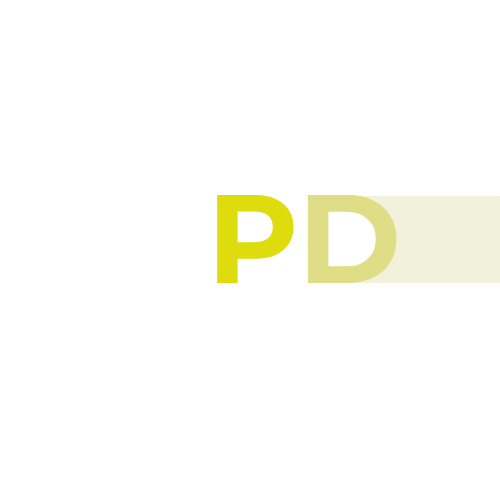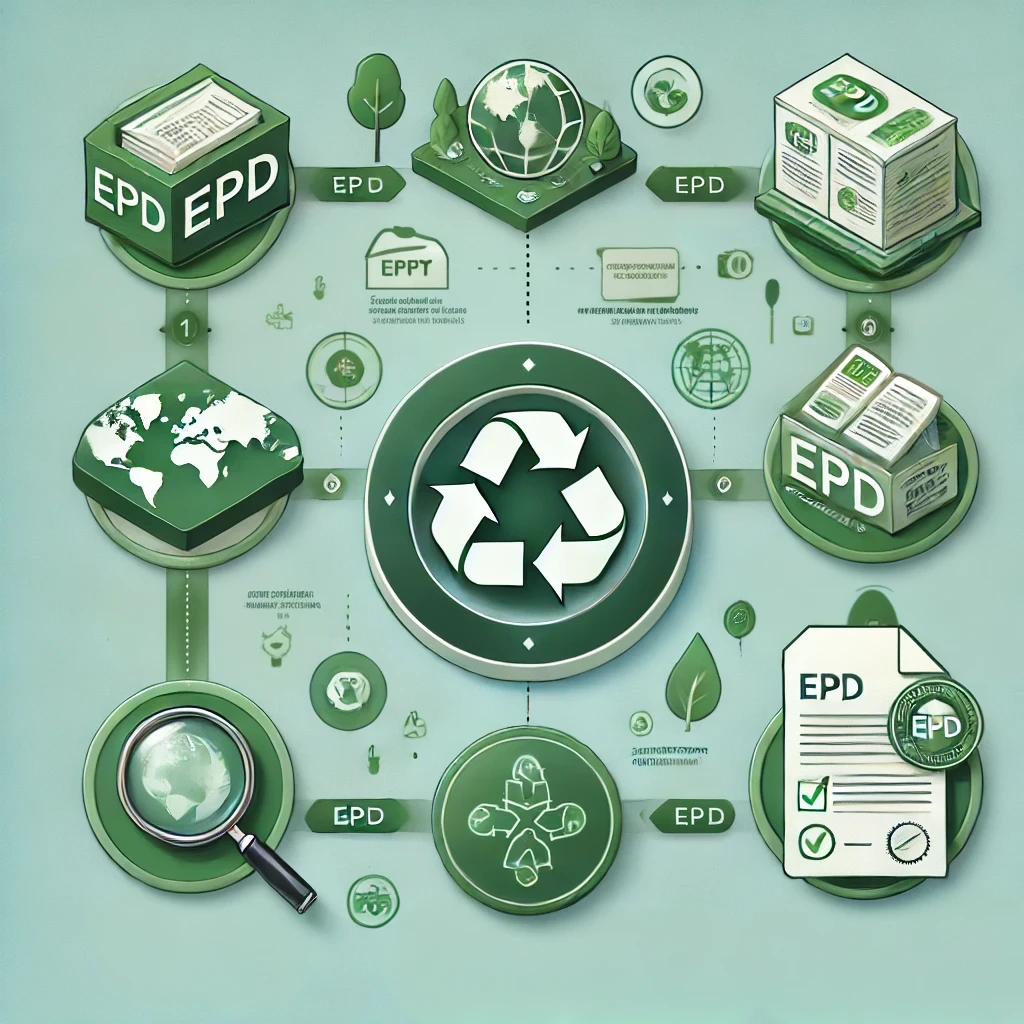Steps to Prepare an Environmental Product Declaration (EPD)
Preparing an Environmental Product Declaration (EPD) requires following a series of steps to document a product’s environmental performance in compliance with international standards. Here are the key stages of the process:
1. Defining the Product Scope and Objectives
- Purpose: Identify the product to be assessed, its scope, and the target market.
- Defined Scope:
- Life cycle stages: Raw material extraction, production, transportation, use, and disposal.
- Target audience (e.g., construction sector, public projects).
2. Selecting the Product Category Rules (PCR)
- PCR (Product Category Rules): A guideline document that defines how environmental declarations should be prepared for a specific product category.
- Objective: Ensure that the selected PCR aligns with international standards (e.g., ISO 14025, EN 15804).
3. Conducting a Life Cycle Assessment (LCA)
- Purpose: Measure the product’s environmental impacts, such as carbon footprint, energy consumption, and water use.
- Process:
- Raw Material Extraction: Energy used and emissions released during material extraction.
- Production: Energy consumption, waste generation, and emissions from manufacturing.
- Transportation: Energy use and emissions from product transportation.
- Use Phase: Environmental impacts during the product’s use.
- End-of-Life (Disposal): Recycling or disposal processes at the end of the product’s life.
- Standards: The LCA must comply with ISO 14040 and ISO 14044.
4. Data Collection and Analysis
- Primary Data: Direct measurements from manufacturing processes (e.g., energy consumption, material use).
- Secondary Data: Supporting data from databases (e.g., GaBi, Ecoinvent).
- Accuracy and Consistency: Ensuring all data is complete, accurate, and aligned with the PCR.
5. Preparing the EPD Document
- Purpose: Present the LCA results transparently in a standardized format.
- Content:
- Product description and scope.
- Environmental impacts based on life cycle stages.
- Key indicators such as Global Warming Potential (GWP), water usage, and energy consumption.
- Format: Must comply with ISO 14025 and EN 15804 standards.
6. Independent Verification
- Purpose: Ensure the EPD is impartial, reliable, and meets international standards.
- Process:
- A third-party verifier reviews the documentation.
- Necessary revisions are made before approval.
7. Publishing the EPD
- Platform: The verified EPD is published on international platforms (e.g., ECO Platform, EPD International).
- Objective: Make the declaration accessible to consumers, suppliers, and certification bodies.
8. Continuous Updating
- Requirement: EPDs are typically valid for five years and must be updated afterward.
- Purpose: Keep the document up to date by incorporating changes in production processes or new data.
Conclusion
Following these steps ensures that an EPD is internationally recognized and strengthens a product’s sustainability position in the market. Each phase is critical in guaranteeing the accuracy, transparency, and credibility of the declaration.


